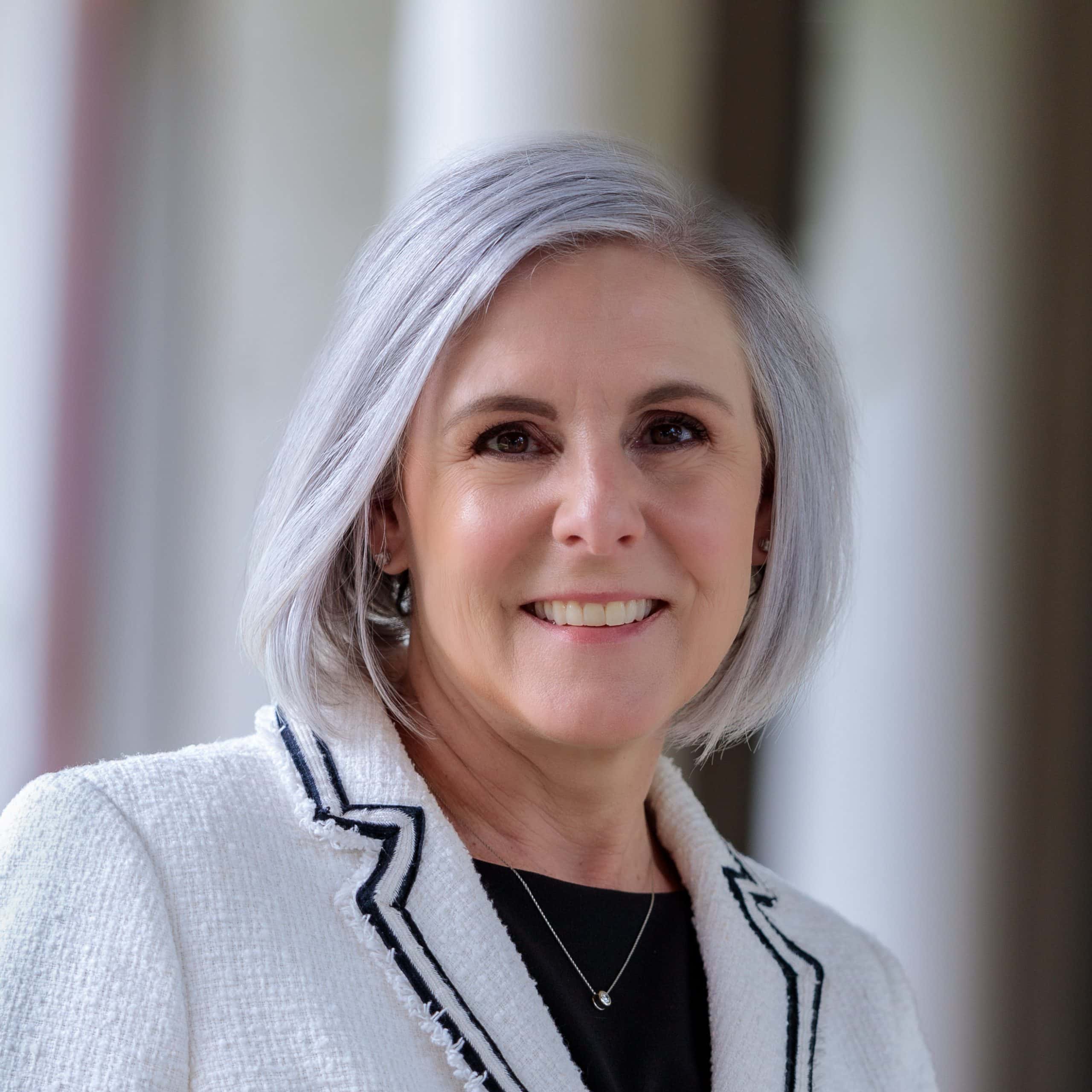
Report on Income Inequality, Human Rights, and the Sustainable Development Goals (SDGs)
Introduction
President Jimmy Carter identified income inequality as the most urgent global issue, emphasizing the need for timely action to address its impact on politics and society. Despite delays, there remains an opportunity to act decisively to promote equitable and sustainable development in line with the Sustainable Development Goals (SDGs).
President Carter’s Advocacy for Human Rights and Economic Justice
President Carter consistently warned against the concentration of economic and political power, recognizing the disempowerment of many worldwide. His commitment to human rights included:
- Advocating for housing as a basic human right (SDG 11: Sustainable Cities and Communities)
- Promoting a rights-based approach to healthcare (SDG 3: Good Health and Well-being)
- Signing principal human rights treaties aimed at economic, social, and cultural rights (SDG 10: Reduced Inequalities)
The Need to Integrate Economic, Social, and Cultural Rights in the United States
Current human rights frameworks in the United States often exclude economic, social, and cultural rights, focusing primarily on civil and political rights. This gap allows powerful economic actors to accumulate wealth at the expense of human rights, which undermines progress towards several SDGs, including:
- SDG 1: No Poverty
- SDG 2: Zero Hunger
- SDG 8: Decent Work and Economic Growth
- SDG 16: Peace, Justice, and Strong Institutions
Human Rights Economy and Sustainable Development
A human rights economy prioritizes respect for all human rights and addresses structural inequalities by:
- Redressing root causes of inequality and injustice (SDG 10)
- Investing in economic, social, and cultural rights (SDGs 3, 4, 6, 7, 11, 13)
- Ensuring businesses respect human rights before maximizing returns (SDG 12: Responsible Consumption and Production)
This approach challenges the prevailing neoliberal economic policies that often neglect the social and environmental costs of economic growth.
Addressing Structural Inequalities and Environmental Justice
Studies reveal significant disparities in wealth and environmental burdens, particularly affecting communities of color and low-income populations. Key issues include:
- Racial wealth gaps impacting access to education, health, and business opportunities (SDG 4: Quality Education; SDG 8)
- Environmental injustices with disproportionate health impacts (SDG 3; SDG 13: Climate Action; SDG 15: Life on Land)
Role of State and Local Human Rights Commissions
Human rights commissions at state and local levels have a critical role in advancing the human rights economy by:
- Assessing budgets, wealth distribution, and environmental justice through a human rights lens (SDG 16)
- Protecting and fulfilling rights beyond addressing intentional discrimination (SDG 10)
- Promoting social contracts that balance rights and duties among governments, businesses, and individuals (SDG 17: Partnerships for the Goals)
Carter Human Rights Economy Fellowships
To strengthen human rights commissions, the establishment of Carter human rights economy fellowships is proposed. These fellowships would:
- Employ recent graduates to work on human rights issues related to health care, education, housing, social security, and environmental sustainability (SDGs 3, 4, 6, 11, 13)
- Promote inter-generational wealth creation initiatives such as baby bonds (SDG 1, SDG 10)
- Evaluate government budgets and procurement practices for human rights compliance
- Address corporate practices harmful to public health and the environment
Conclusion
President Carter’s vision underscores the necessity of integrating all human rights into economic and social policies to build peaceful and prosperous societies. Upholding these principles aligns with the Sustainable Development Goals and offers a pathway to curb inequality, promote justice, and ensure sustainability for all.
1. Which SDGs are addressed or connected to the issues highlighted in the article?
- SDG 1: No Poverty – The article discusses income inequality, poverty, and the need for economic justice.
- SDG 3: Good Health and Well-being – References to healthcare as a human right and the impact of corporate practices on health.
- SDG 4: Quality Education – Mention of educational opportunities linked to generational wealth.
- SDG 5: Gender Equality – Implied through the broader human rights framework addressing discrimination.
- SDG 10: Reduced Inequalities – Focus on economic, social, and racial inequalities and structural discrimination.
- SDG 11: Sustainable Cities and Communities – Discussion on housing as a basic human right and addressing homelessness.
- SDG 13: Climate Action – Mention of the climate crisis and responsibility of political and economic elites.
- SDG 16: Peace, Justice, and Strong Institutions – Emphasis on rule of law, human rights, and governance issues.
- SDG 17: Partnerships for the Goals – The role of local and state human rights commissions and collaborations to promote human rights economy.
2. What specific targets under those SDGs can be identified based on the article’s content?
- SDG 1
- Target 1.2: Reduce at least by half the proportion of people living in poverty.
- Target 1.4: Ensure equal rights to economic resources, basic services, and ownership.
- SDG 3
- Target 3.8: Achieve universal health coverage and access to quality healthcare services.
- SDG 4
- Target 4.3: Equal access to affordable and quality technical, vocational and tertiary education.
- SDG 10
- Target 10.2: Empower and promote social, economic and political inclusion of all.
- Target 10.3: Ensure equal opportunity and reduce inequalities of outcome.
- SDG 11
- Target 11.1: Ensure access for all to adequate, safe and affordable housing and basic services.
- SDG 13
- Target 13.2: Integrate climate change measures into policies and planning.
- SDG 16
- Target 16.3: Promote the rule of law and ensure equal access to justice.
- Target 16.6: Develop effective, accountable and transparent institutions.
- SDG 17
- Target 17.17: Encourage effective partnerships and multi-stakeholder initiatives.
3. Are there any indicators mentioned or implied in the article that can be used to measure progress towards the identified targets?
- Income inequality and wealth distribution indicators – The article references median net worth disparities (e.g., $247,500 for white households vs. $8 for non-immigrant Black households in Boston), which can be linked to SDG Indicator 10.1.1 (Growth rates of household expenditure or income per capita among the bottom 40%).
- Homelessness and housing indicators – The growing number of unhoused people relates to SDG Indicator 11.1.1 (Proportion of urban population living in slums, informal settlements or inadequate housing).
- Health coverage and access indicators – References to healthcare as a human right and corporate practices affecting health relate to SDG Indicator 3.8.1 (Coverage of essential health services) and 3.8.2 (Financial protection).
- Environmental justice and pollution indicators – The article discusses environmental negative externalities impacting low-income communities, which relate to SDG Indicator 11.6.2 (Annual mean levels of fine particulate matter) and possibly 13.2.1 (Number of countries with climate change strategies).
- Human rights treaty ratification and implementation – Mention of ratification of the Convention on the Elimination of All Forms of Racial Discrimination and the Covenant on Economic, Social and Cultural Rights implies monitoring through human rights indicators such as those tracked by OHCHR.
- Access to education and intergenerational wealth – Implied indicators include enrollment rates and measures of wealth transfer mechanisms like “baby bonds” programs.
4. Table: SDGs, Targets and Indicators
| SDGs | Targets | Indicators |
|---|---|---|
| SDG 1: No Poverty |
|
|
| SDG 3: Good Health and Well-being |
|
|
| SDG 4: Quality Education |
|
|
| SDG 10: Reduced Inequalities |
|
|
| SDG 11: Sustainable Cities and Communities |
|
|
| SDG 13: Climate Action |
|
|
| SDG 16: Peace, Justice, and Strong Institutions |
|
|
| SDG 17: Partnerships for the Goals |
|
|
Source: openglobalrights.org







